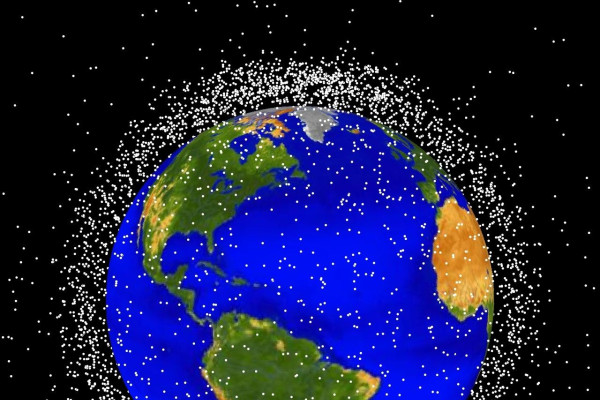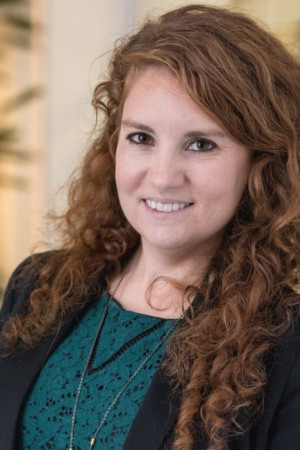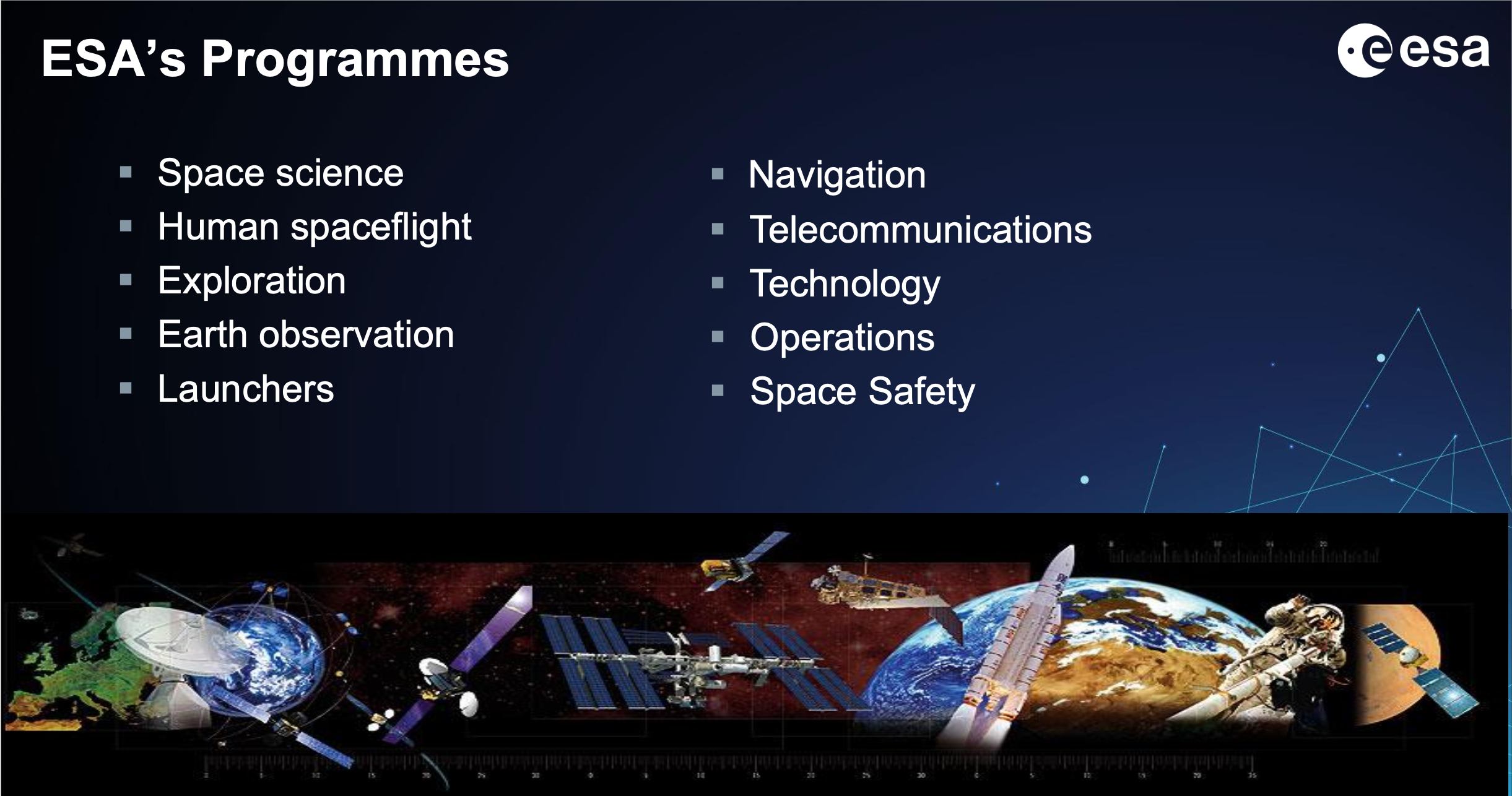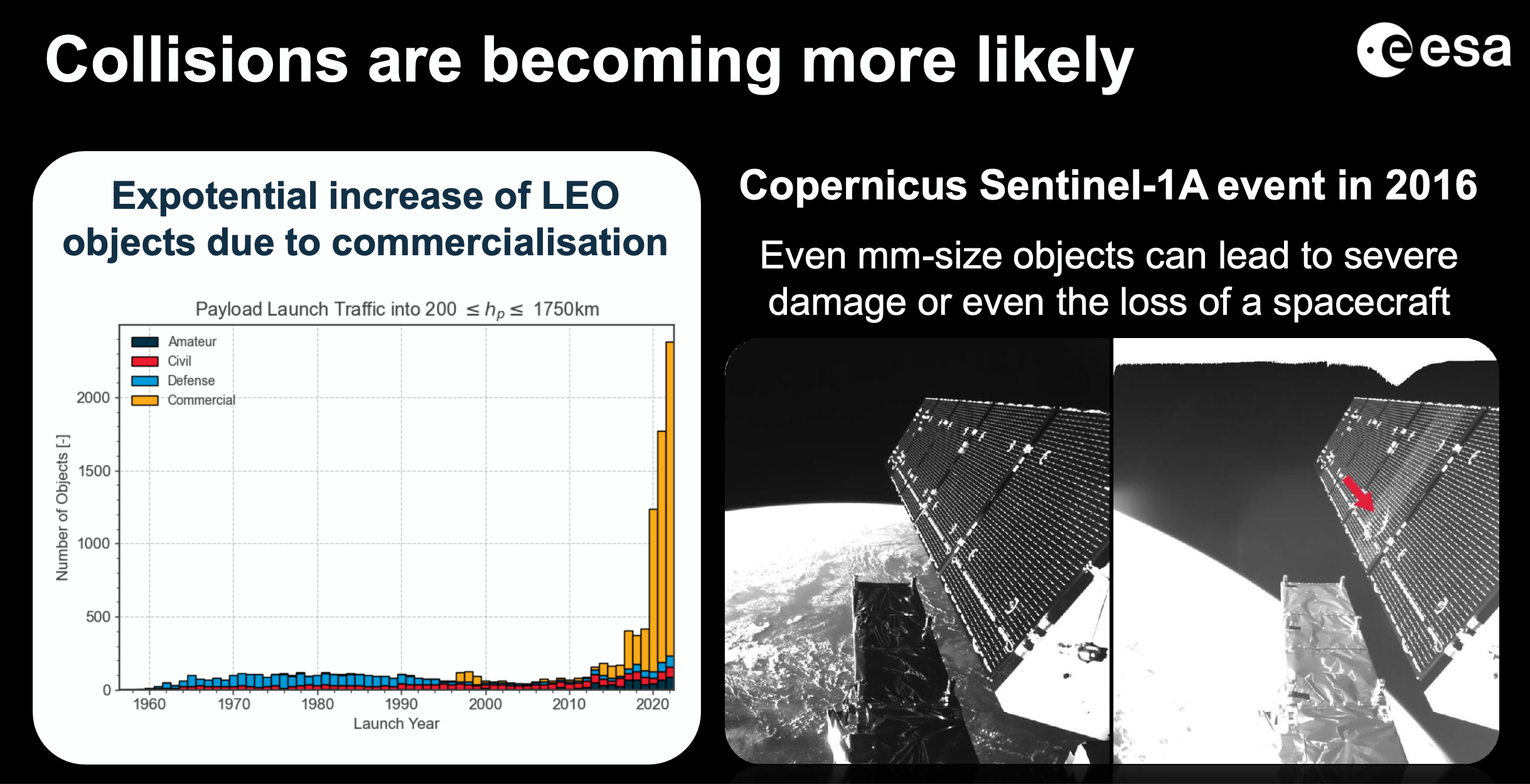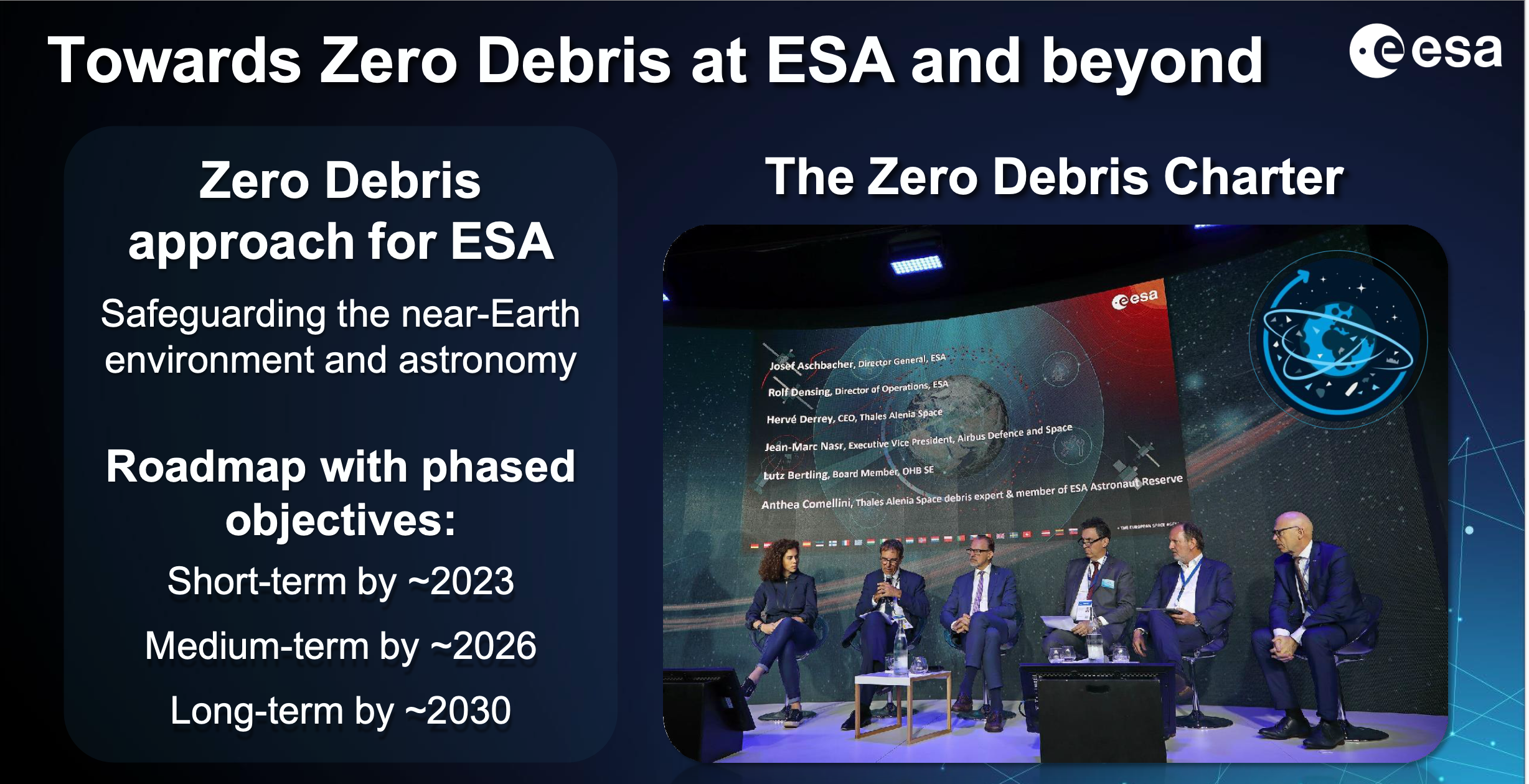The European Space Agency’s (ESA) Clean Space Initiative stands at the forefront of preserving both terrestrial and orbital environments while enhancing Europe's space sector's competitiveness. Committed to cleaning up space and minimizing the environmental impact of space activities, the initiative focuses on eco-designing space missions, managing end-of-life missions, and pioneering in-orbit servicing, including active debris removal. Through these efforts, ESA is taking global leadership in ensuring the safe and sustainable use of valuable orbits around Earth. To achieve this, ESA has set an ambitious Zero Debris goal: to eliminate debris generation entirely by 2030, securing a cleaner and safer space environment for future generations. You can already learn more about ESA’s Clean Space activities by reading their blog: blogs.esa.int/cleanspace.
Mathilde Reumaux is EU Relations Coordinator at ESA, the European Space Agency. She is part of the ESA Brussels Office, which liaises with the EU institutions and the Brussels-based (space) stakeholders to support the cooperation between the EU and ESA. Before joining ESA, Mathilde gained more than 10 years of experience in EU research and innovation policies and programmes, and in EU and international collaboration for science.
Image from Wikimedia Commons
